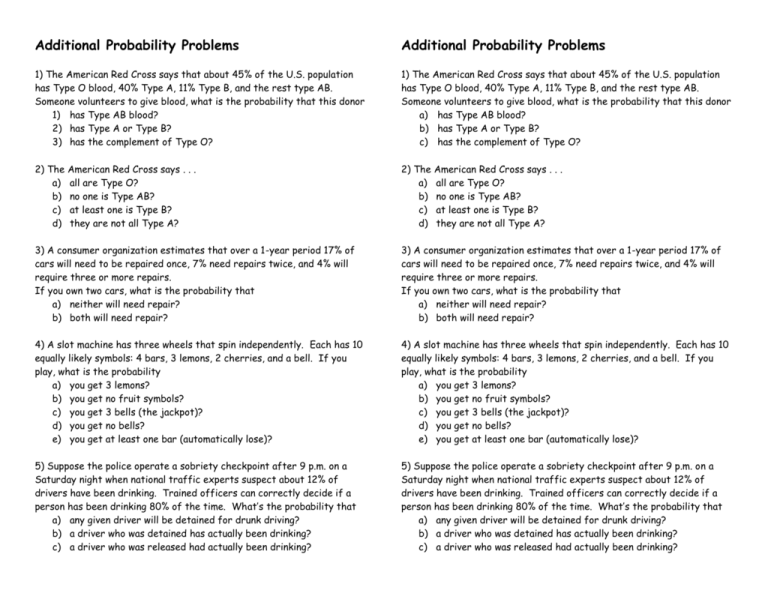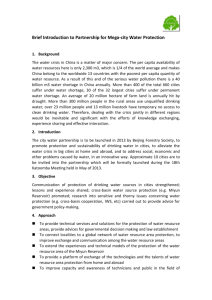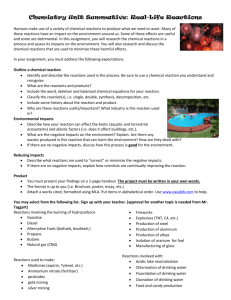Additional Probability Problems
advertisement

Additional Probability Problems Additional Probability Problems 1) The American Red Cross says that about 45% of the U.S. population has Type O blood, 40% Type A, 11% Type B, and the rest type AB. Someone volunteers to give blood, what is the probability that this donor 1) has Type AB blood? 2) has Type A or Type B? 3) has the complement of Type O? 1) The American Red Cross says that about 45% of the U.S. population has Type O blood, 40% Type A, 11% Type B, and the rest type AB. Someone volunteers to give blood, what is the probability that this donor a) has Type AB blood? b) has Type A or Type B? c) has the complement of Type O? 2) The a) b) c) d) 2) The a) b) c) d) American Red Cross says . . . all are Type O? no one is Type AB? at least one is Type B? they are not all Type A? American Red Cross says . . . all are Type O? no one is Type AB? at least one is Type B? they are not all Type A? 3) A consumer organization estimates that over a 1-year period 17% of cars will need to be repaired once, 7% need repairs twice, and 4% will require three or more repairs. If you own two cars, what is the probability that a) neither will need repair? b) both will need repair? 3) A consumer organization estimates that over a 1-year period 17% of cars will need to be repaired once, 7% need repairs twice, and 4% will require three or more repairs. If you own two cars, what is the probability that a) neither will need repair? b) both will need repair? 4) A slot machine has three wheels that spin independently. Each has 10 equally likely symbols: 4 bars, 3 lemons, 2 cherries, and a bell. If you play, what is the probability a) you get 3 lemons? b) you get no fruit symbols? c) you get 3 bells (the jackpot)? d) you get no bells? e) you get at least one bar (automatically lose)? 4) A slot machine has three wheels that spin independently. Each has 10 equally likely symbols: 4 bars, 3 lemons, 2 cherries, and a bell. If you play, what is the probability a) you get 3 lemons? b) you get no fruit symbols? c) you get 3 bells (the jackpot)? d) you get no bells? e) you get at least one bar (automatically lose)? 5) Suppose the police operate a sobriety checkpoint after 9 p.m. on a Saturday night when national traffic experts suspect about 12% of drivers have been drinking. Trained officers can correctly decide if a person has been drinking 80% of the time. What’s the probability that a) any given driver will be detained for drunk driving? b) a driver who was detained has actually been drinking? c) a driver who was released had actually been drinking? 5) Suppose the police operate a sobriety checkpoint after 9 p.m. on a Saturday night when national traffic experts suspect about 12% of drivers have been drinking. Trained officers can correctly decide if a person has been drinking 80% of the time. What’s the probability that a) any given driver will be detained for drunk driving? b) a driver who was detained has actually been drinking? c) a driver who was released had actually been drinking?







